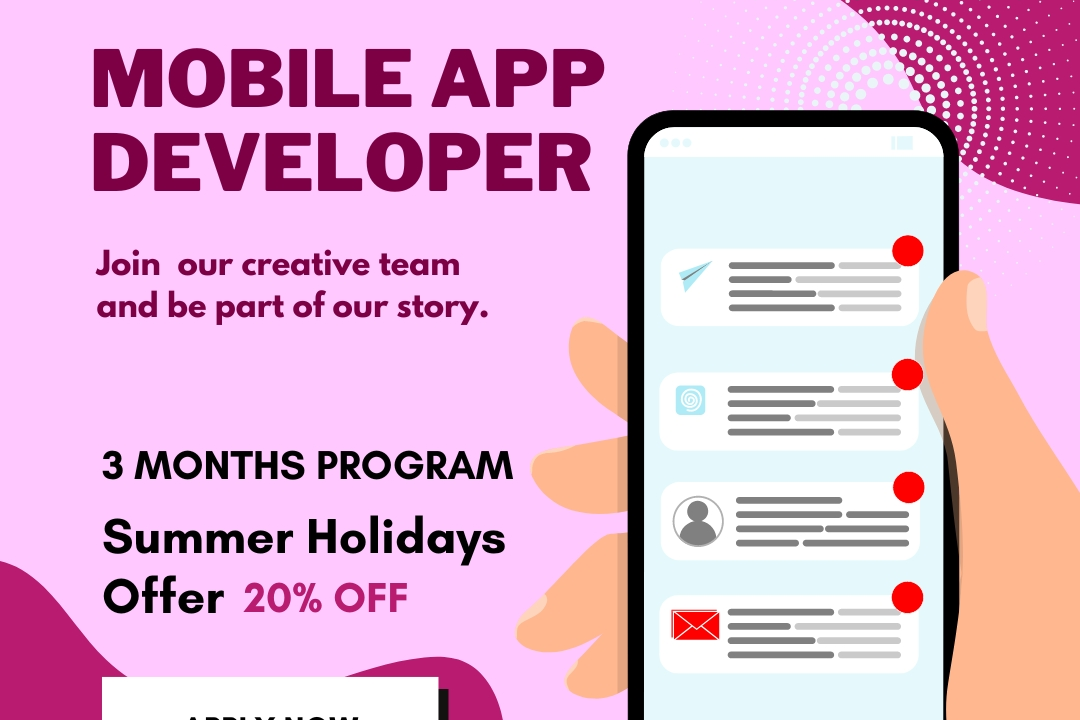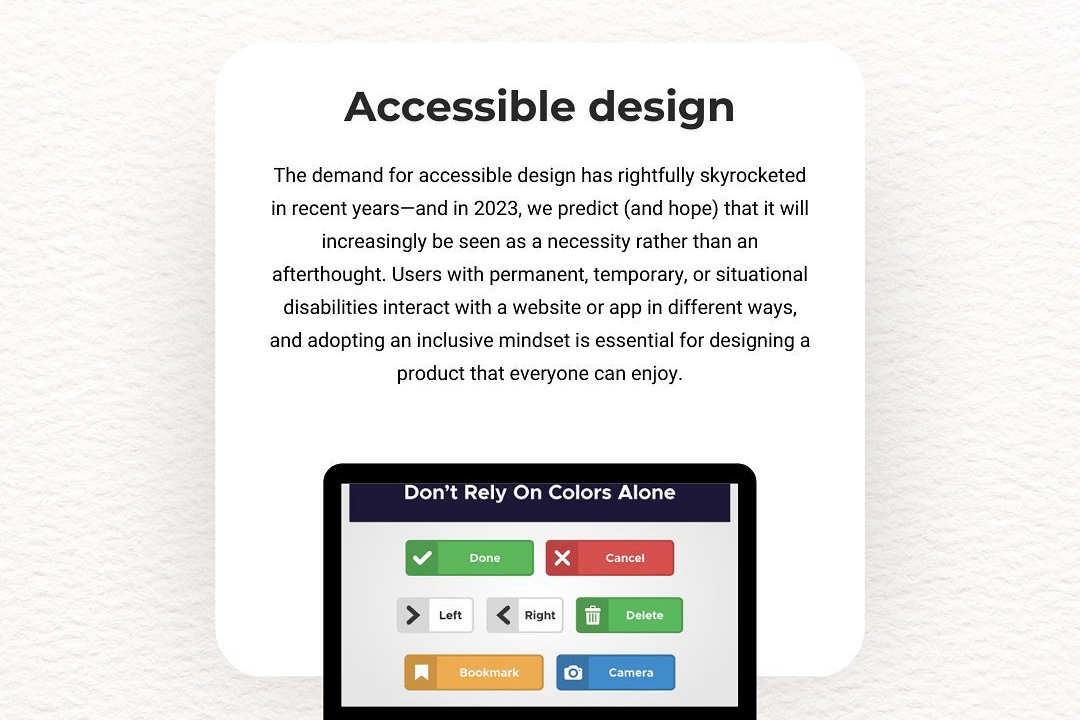Building A Successful IOS Developer Network
Creating a Thriving iOS Developer Community
Building A Successful IOS Developer Network
Building a successful iOS developer network involves fostering a collaborative community where developers can share knowledge, resources, and opportunities. Start by participating in local meetups, conferences, and online forums to connect with fellow developers. Utilize social media platforms like Twitter and LinkedIn to engage with peers and industry leaders. Create or contribute to open-source projects and online coding platforms to showcase skills and encourage collaboration. Establish mentorship opportunities to support less experienced developers while also learning from more seasoned professionals. Lastly, maintain an active presence in the iOS development ecosystem by keeping up with the latest trends, technologies, and best practices to ensure continuous growth and relevance within the network.
To Download Our Brochure: https://www.justacademy.co/download-brochure-for-free
Message us for more information: +91 9987184296
1 - Define Your Mission: Establish a clear mission for your network. This could include goals such as fostering talent, bridging gaps between industry and education, or promoting innovation among iOS developers.
2) Identify Target Audience: Determine who your training programs are aimed at. This could be students, recent graduates, or aspiring developers looking to switch careers into iOS development.
3) Curriculum Development: Design a comprehensive curriculum that covers essential iOS development skills, including Swift programming, Xcode usage, UI/UX design principles, and app deployment.
4) Experienced Instructors: Recruit industry professionals with extensive iOS development experience to lead training sessions. Their real world insights will enrich the training program.
5) Mentorship Opportunities: Pair students with experienced iOS developers for mentorship. This helps students gain personalized guidance, feedback, and networking opportunities.
6) Hands On Projects: Incorporate hands on projects into the training program, allowing students to apply what they've learned and build a portfolio of work to showcase to potential employers.
7) Networking Events: Organize networking events, workshops, and meetups where students can connect with industry professionals, peers, and recruiters in the iOS development field.
8) Online and Offline Flexibility: Offer both online and offline training sessions to accommodate different learning preferences and schedules, ensuring a wider reach to potential students.
9) Collaboration with Universities: Partner with local universities and colleges to integrate your training programs into their curricula or offer them as supplementary courses.
10) Community Engagement: Create a vibrant community around your network by facilitating forums, discussion groups, and social media channels where students and professionals can share knowledge and opportunities.
11) Certification Programs: Provide certification upon successful completion of training modules. This adds value to students' resumes and helps them stand out in the job market.
12) Showcase Student Work: Host regular events to showcase student projects and apps. This not only highlights student achievements but also attracts potential employers and industry sponsors.
13) Stay Updated with Industry Trends: Regularly update your training programs to reflect the latest trends and technologies in iOS development, such as SwiftUI or ARKit.
14) Feedback Mechanism: Implement a system for collecting feedback from students and instructors to continually improve the training program and address any issues.
15) Job Placement Support: Establish partnerships with companies in need of iOS developers to facilitate job placements for your students after completing the training program.
16) Diversity and Inclusion: Focus on building a diverse network by encouraging participation from underrepresented groups in tech, enhancing creativity and perspectives in iOS development.
17) Alumni Network: Create an alumni network that keeps former students connected, enabling them to share job leads, collaborate on projects, and continue mentorship.
18) Sponsorship Opportunities: Seek out sponsorships from tech companies that can provide financial support for events, resources for students, or internship opportunities.
19) Promotion and Marketing: Develop a strong marketing strategy to attract students, using social media campaigns, webinars, and partnerships with educational institutes.
By following these steps, you can build a robust iOS developer network that provides valuable training and career opportunities for students.
Browse our course links : https://www.justacademy.co/all-courses
To Join our FREE DEMO Session: Click Here
Contact Us for more info:
- Message us on Whatsapp: +91 9987184296
- Email id: info@justacademy.co












